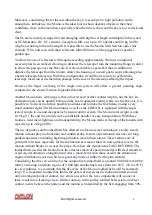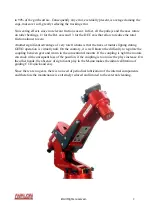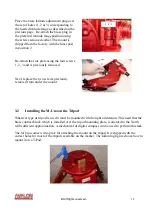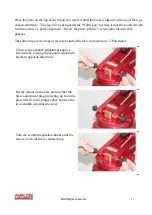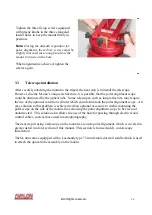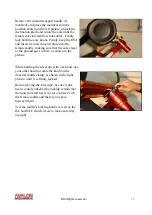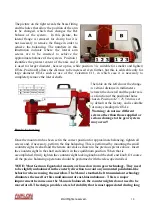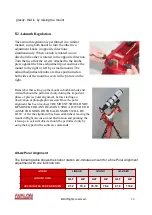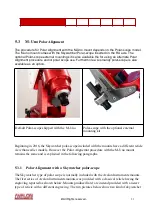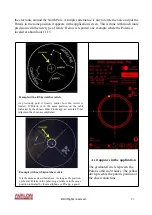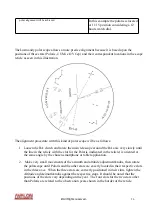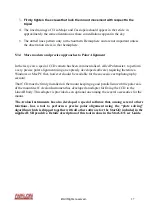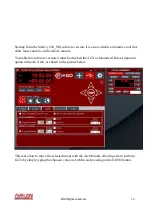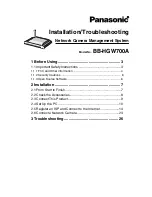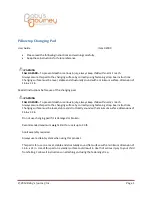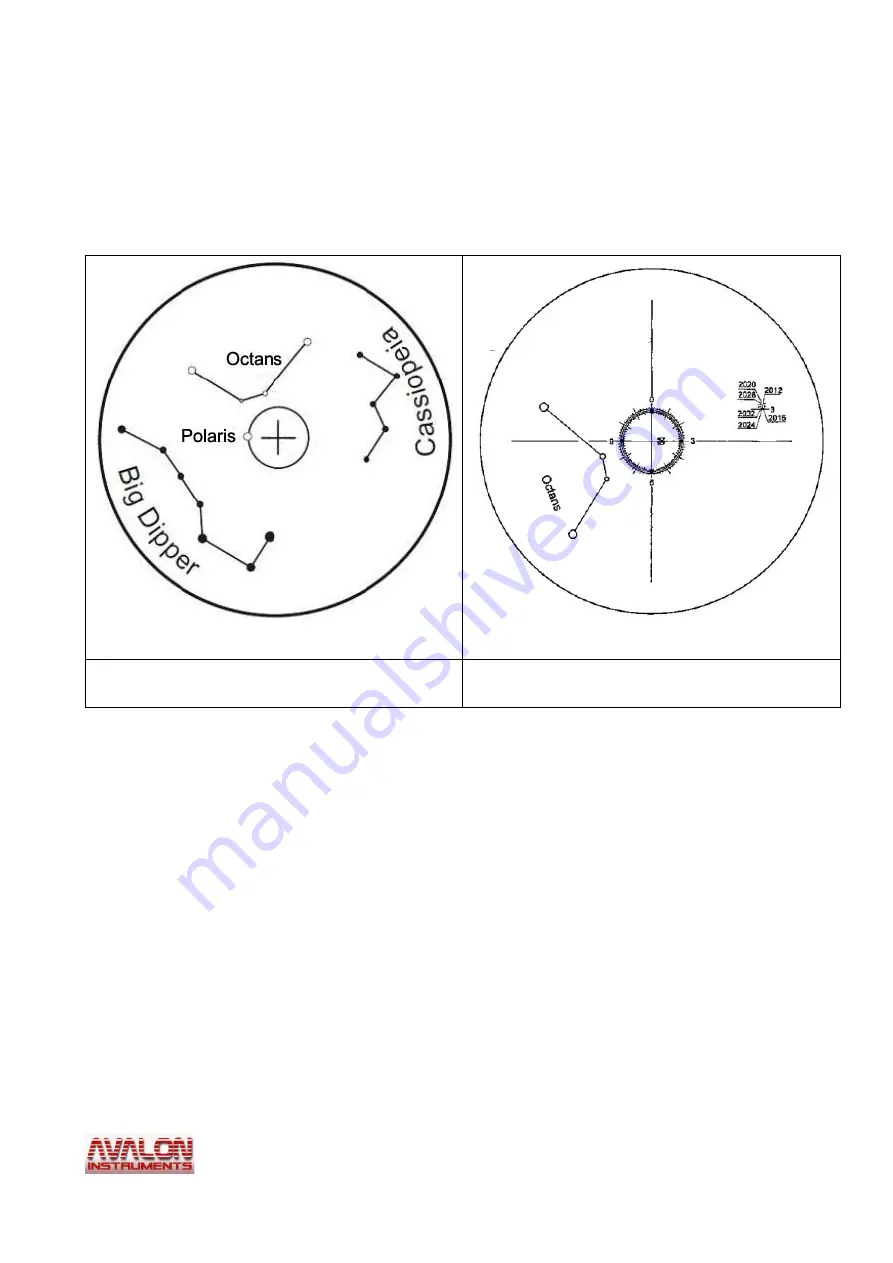
polarscope model: the classical reticle (with Octans, Big Dipper and Cassiopeia) and the new
one (with the only Octans constellation). For an accurate polar alignment with Avalon
Instruments mounts it doesn’t matter for the constellation position. The reference point it will be
the small circle that represent the Polaris position or a defined degree in the graduated circle.
Skywatcher polarscope view with classical reticle Skywatcher polarscope view with new reticle
As it is known the Polaris is several tens of seconds from the Celestial Pole and therefore it
appears to orbit around the pole at a given distance, making a full orbit, every 24 hours. The
circle in the reticle centre represents the Polaris orbit. On the left, the small one, with the name
of the star, represents the position of the Polaris. The problem here is to turn the reticle around
the small cross in the centre, to put the small circle in the position where the Polaris is seen from
a given observation site, at a specified date and time. In the past this position was obtained using
several types of graduated circular scales. The Avalon mounts are not provided of these scales.
Presently the most suitable method to get the exact Polaris position is the use of one of the
several computer programs or mobile devices applications, both for Apple iOS or Android as,
for example, “Scope Help” for iOS or “Polar Finder” for Android. These programs, that provide
the Polaris position both visually and in the hour form, are briefly described in section 4.3.2.
NOTE: Once the Polaris position has been determined and the telescope has been
mounted with the contrast blocks oriented to the North the following operation are
needed, if using the left polar-scope:
©
All Rights reserved
-
22

